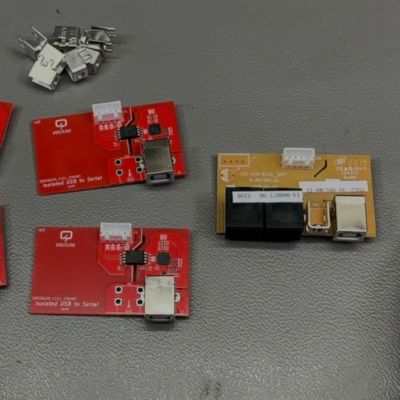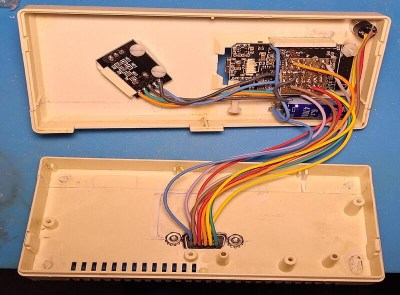White LED bulbs are commonplace in households by now, mostly due to their low power usage and high reliability. Crank up the light output enough and you do however get high temperatures and corresponding interesting failure modes. An example is the one demonstrated by the [electronupdate] channel on YouTube with a Philips MR16 LED spot that had developed a distinct purple light output.

After popping off the front to expose the PCB with the LED packages, the fault seemed to be due to the phosphor on one of the four LEDs flaking off, exposing the individual 405 nm LEDs underneath. Generally, white LEDs are just UV or 405 nm (‘blue’) LEDs that have a phosphor coating on top that converts the emitted wavelength into broad band visible (white) or another specific wavelength, so this failure mode makes perfect sense.
After putting the PCB under a microscope and having a look at the failed and the other LED packages the crumbled phosphor on not just the one package became obvious, as the remaining three showed clear cracks in the phosphor coating. Whether due to the heat in these high-intensity spot lamps or just age, clearly over time these white LED packages become just bare LEDs without the phosphor coating. Ideally you could dab on some fresh phosphor, but likely the fix is to replace these LED packages every few years until the power supply in the bulb gives up the ghost.
Continue reading “White LED Turning Purple: Analyzing A Phosphor Failure”




















